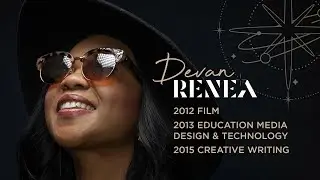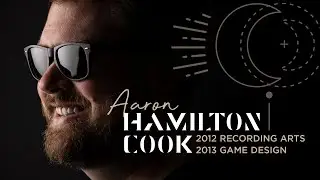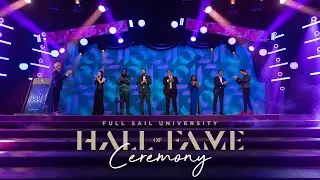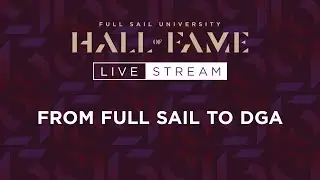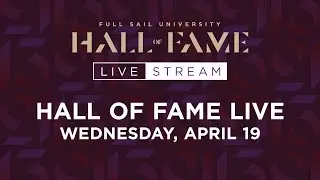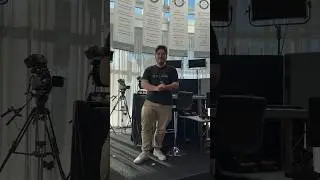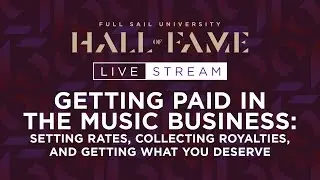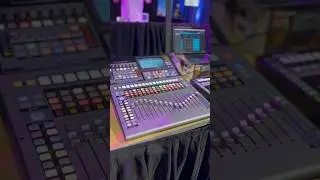How To: VR Directing Techniques | Full Sail University
Creating compelling stories with the use of VR technology can present a unique set of challenges, including adjusting traditional film directing techniques. As a director of a 360 video, you have to take into consideration the concept that the viewer has the freedom to continuously adjust the camera view, and therefore you have to ensure the viewer doesn’t miss key elements in the story.
In this how to video, you will learn tips and tricks on how to direct a 360 video. We spoke with Full Sail instructor and industry expert Fahad Vania about the main differences between traditional film directing and directing for a 360 video. He shares that storytelling in VR requires filmmakers to think in 360 versus a ‘forced perspective’ frame you would find in traditional films. To help coax the viewer into turning their view a certain way to catch important story elements, Fahad suggests using sound cues to organically direct the attention of the audience. As a director, you can also use visual cues from actors, lighting, or objects to help with storytelling.
Fahad also discusses working with talent on a 360 video, including blocking while keeping in mind that cutting in VR must be motivated by action. Longer takes mean longer hours on set, so remember to plan more time for blocking and rehearsal with talent to ensue seamless takes.
As suggested by the name, 360 cameras capture everything around them and therefore it can be challenging to hide the elements of a film set that shouldn’t make it on screen such as lighting, wires, and the crew. To combat this challenge, you can plan to use practical elements and be creative with hiding equipment.
Follow along as we give you more tips on how to make the most out of your VR storytelling.
For more information about Full Sail University visit our site:
http://w.fullsail.edu/2i3w34G
Located in Winter Park, Florida, Full Sail University offers associate's, bachelor's, and master's degrees designed for the world of entertainment, media, arts, and technology. Full Sail's creative approach to education provides an immersive, fast-paced, and relevant learning experience that mirrors the workflow and collaboration found throughout today's rapidly evolving industries.
Full Sail’s areas of study include music and recording, games, art and design, film and television, technology, media and communications, business, and sports marketing. Full Sail graduate credits include work on OSCAR®, Emmy®, GRAMMY®, ADDY®, MTV Video Music Award, and Video Game Award nominated and winning projects.

![[Alpha 4] SECRET SHADOW MAN OUTSIDE THE MAP | Hello Neighbor Gameplay](https://images.videosashka.com/watch/0RXAus_HxaM)












